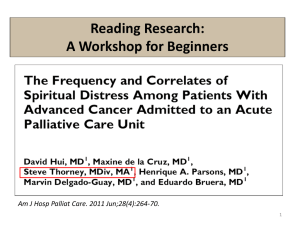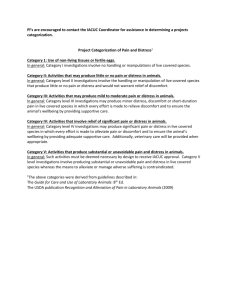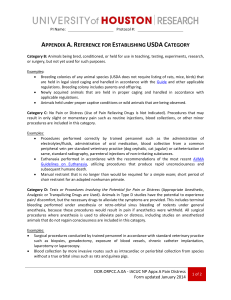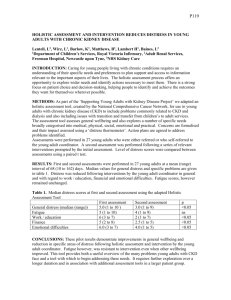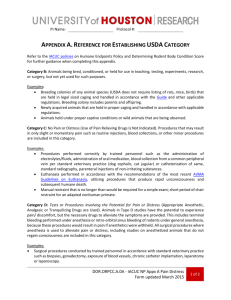APPENDIX ONE - Transport & Logistics Industry Skills Council
advertisement
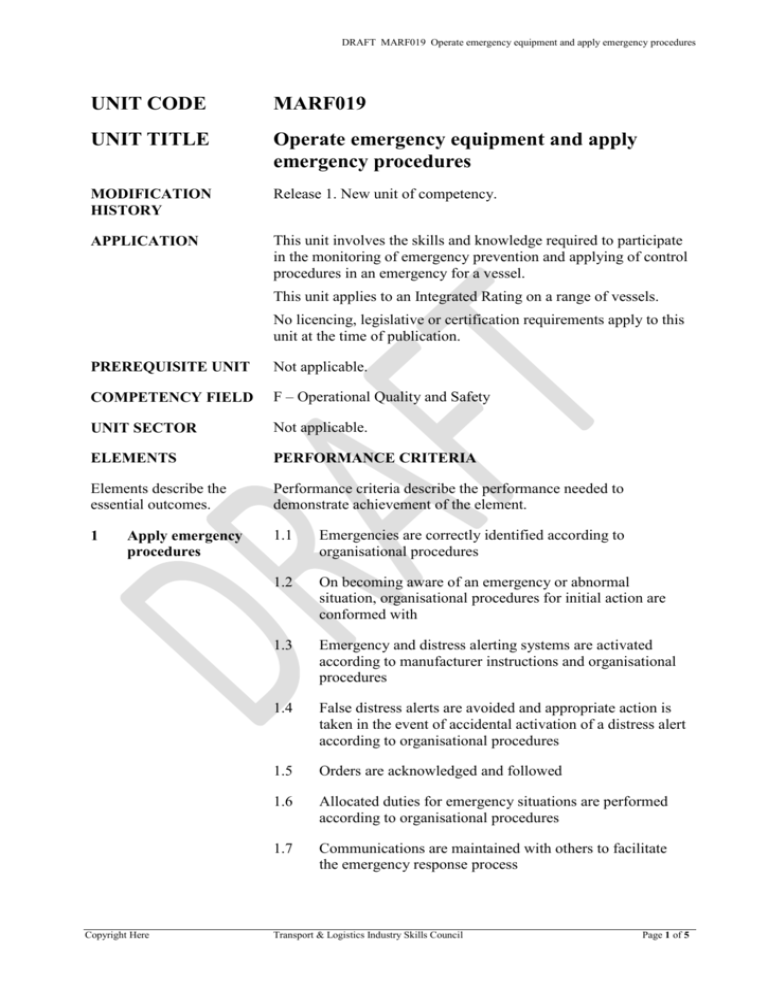
DRAFT MARF019 Operate emergency equipment and apply emergency procedures UNIT CODE MARF019 UNIT TITLE Operate emergency equipment and apply emergency procedures MODIFICATION HISTORY Release 1. New unit of competency. APPLICATION This unit involves the skills and knowledge required to participate in the monitoring of emergency prevention and applying of control procedures in an emergency for a vessel. This unit applies to an Integrated Rating on a range of vessels. No licencing, legislative or certification requirements apply to this unit at the time of publication. PREREQUISITE UNIT Not applicable. COMPETENCY FIELD F – Operational Quality and Safety UNIT SECTOR Not applicable. ELEMENTS PERFORMANCE CRITERIA Elements describe the essential outcomes. Performance criteria describe the performance needed to demonstrate achievement of the element. 1 1.1 Emergencies are correctly identified according to organisational procedures 1.2 On becoming aware of an emergency or abnormal situation, organisational procedures for initial action are conformed with 1.3 Emergency and distress alerting systems are activated according to manufacturer instructions and organisational procedures 1.4 False distress alerts are avoided and appropriate action is taken in the event of accidental activation of a distress alert according to organisational procedures 1.5 Orders are acknowledged and followed 1.6 Allocated duties for emergency situations are performed according to organisational procedures 1.7 Communications are maintained with others to facilitate the emergency response process Apply emergency procedures © Copyright Here Transport & Logistics Industry Skills Council Page 1 of 5 DRAFT MARF019 Operate emergency equipment and apply emergency procedures 2 3 Maintain integrity of emergency and distress alerting systems Report and record emergency and distress alerting systems faults 2.1 Emergency and distress alerting systems maintenance requirements are specified and managed 2.2 Systems maintenance is audited for compliance 2.3 Systems are assessed for useability and accessibility, and are reported according to organisational procedures 2.4 Procedures are followed to correct systems defects and deficiencies 3.1 Schedule for verifying and reporting faults is developed and implemented 3.2 Details and nature of faults are recorded and where possible rectified according to manufacturer instructions and organisational procedures 3.3 Reports on faults are provided and contain recommendations for improvements according to organisational procedures 3.4 Frequency of occurrence of faults is monitored and reported according to organisational procedures FOUNDATION SKILLS Foundation skills essential to performance are explicit in the performance criteria of this unit of competency. RANGE OF CONDITIONS Range is restricted to essential operating conditions and any other variables essential to the work environment. Emergencies include one or both of the following: any situation leading to abandonment of a vessel responding to distress alerts from other vessels Systems defects and deficiencies include one or more of the following: UNIT MAPPING INFORMATION EPIRB function test failure out-of-date pyrotechnics distress signals SART not operating This unit replaces and is equivalent to MARF3003A Operate emergency equipment and apply emergency procedures. MARF3003A replaces and is equivalent to TDMMF2307B Operate emergency equipment and apply emergency procedures. Page 2 of 5 Transport & Logistics Industry Skills Council Copyright Here DRAFT MARF019 Operate emergency equipment and apply emergency procedures LINKS © Copyright Here MAR Maritime Training Package Companion Volume Implementation Guide at: http://tlisc.org.au/trainingpackages/maritime-training/. Transport & Logistics Industry Skills Council Page 3 of 5 DRAFT MARF019 Operate emergency equipment and apply emergency procedures TITLE Assessment Requirements for MARF019 Operate emergency equipment and apply emergency procedures PERFORMANCE EVIDENCE Evidence required to demonstrate competence in this unit must be relevant to and satisfy all of the requirements of the elements, performance criteria and range of conditions on at least one occasion and include: applying relevant WHS/OHS requirements and work practices communicating clearly and concisely in an emergency or abnormal situation identifying, isolating and reporting faulty or non-operational emergency and distress alerting systems reading and following emergency procedures in real or simulated emergency situations reading and interpreting basic instructions and standard operating procedures for emergency and distress alerting systems recognising routine problems that may occur when operating emergency and distress alerting systems selecting and using emergency and distress alerting systems including: o o o o o KNOWLEDGE EVIDENCE Evidence required to demonstrate competence in this unit must be relevant to and satisfy all of the requirements of the elements, performance criteria and range of conditions and include knowledge of: Page 4 of 5 internal public address system pyrotechnic distress signals SARTs satellite EPIRBs ships whistle applicable sections of relevant maritime regulations dealing with emergency equipment and procedures duties and responsibilities of shipboard personnel during emergencies escape routes from machinery spaces emergency duties and alarm signals functions and purpose of pyrotechnic distress signals, satellite emergency position indicating radio beacons (EPIRBs) and search and rescue transponders (SARTs) identification of pyrotechnic expiry dates procedures for: Transport & Logistics Industry Skills Council Copyright Here DRAFT MARF019 Operate emergency equipment and apply emergency procedures ASSESSMENT CONDITIONS o activating maritime emergency alarms o emergency response on board a vessel o testing EPIRBs and SARTs safety of Life at Sea (SOLAS) Convention and related regulations techniques for avoiding false distress alerts and action to be taken in the event of accidental activation work health and safety/occupational health and safety (WHS/OHS) requirements and work practices As a minimum, assessors must satisfy applicable regulatory requirements, which include requirements in the Standards for Registered Training Organisations, current at the time of assessment. As a minimum, assessment must satisfy applicable regulatory requirements, which include requirements in the Standards for Registered Training Organisations, current at the time of assessment. Assessment processes and techniques must be appropriate to the language, literacy and numeracy requirements of the work being performed and the needs of the candidate. Assessment must occur in workplace operational situations or where this is not available, in simulated workplace operational situations or an industry-approved marine operations site that replicate workplace conditions. Resources for assessment include access to: LINKS © Copyright Here relevant documentation including workplace procedures, regulations, codes of practice and operation manuals tools, equipment, materials and personal protective equipment currently used in industry MAR Maritime Training Package Companion Volume Implementation Guide at: http://tlisc.org.au/trainingpackages/maritime-training/. Transport & Logistics Industry Skills Council Page 5 of 5



